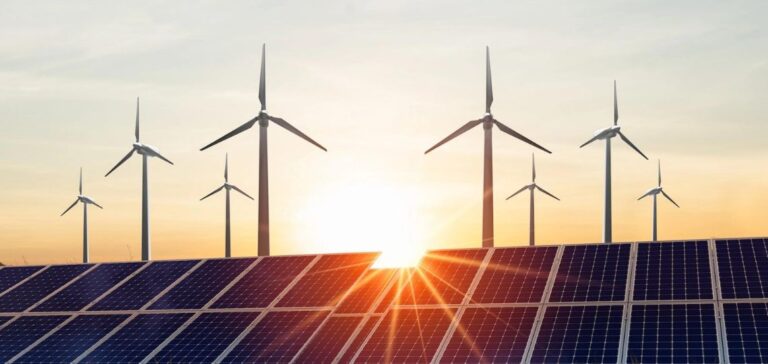Vietnam ‘s Prime Minister has given the green light to a comprehensive energy plan that aims to revolutionize the country’s energy landscape. The Ministry of Industry and Trade announced Monday that the plan, known as PDP8, will require a substantial investment of $134.7 billion over the next decade (2021-2030).
The PDP8 plan: a strategic project for Vietnam’s energy future
This ambitious initiative aims to strengthen Vietnam’s energy infrastructure by establishing new power plants and grids, enabling the nation to meet its growing energy needs and ensure long-term energy security.
The PDP8 plan is strategically designed to match Vietnam’s projected gross domestic product (GDP) economic growth of 7 percent per year over the specified period. By harnessing this anticipated economic expansion, the country aims to develop a robust energy sector capable of efficiently supplying energy to its industries, businesses and homes. To achieve this, the Ministry of Industry and Trade plans to exploit renewable energy sources, particularly solar energy.
According to the ministry’s statement, Vietnam envisions a future where 50 percent of office buildings and residences will be powered by rooftop solar panels by 2030. This ambitious target reflects the country’s commitment to promoting sustainable practices and reducing its dependence on conventional energy sources. In addition, Vietnam aims to capitalize on its renewable energy potential by producing green energy for export, with a target of 5-10 gigawatts (GW) by 2030.
Modernizing Vietnam’s energy infrastructure: PDP8 proposes a sustainable transformation
While the ministry’s statement does not provide full details on the plan, a draft of the PDP8 obtained by Reuters highlights key aspects of the initiative. The project reveals that Vietnam plans to more than double its current power generation capacity from 69 GW in 2020 to an impressive 158 GW by 2030. This significant expansion will be mainly driven by power plants using domestic gas and imported liquefied natural gas (LNG), representing about 23.6% of the country’s energy mix, or the equivalent of 37.33 GW by 2030.
Coal, a traditional energy source, is expected to account for 19% of Vietnam’s energy mix by 2030, followed closely by hydropower with 18.5%. The project also highlights wind power as a key component, contributing 17.6% of the energy mix, while solar power is expected to account for 13.0%.
At this time, the Department of Industry and Commerce has not responded to requests for comment on the project. However, it is clear that the PDP8 plan reflects Vietnam’s determination to embrace renewable energy and upgrade its energy infrastructure. By harnessing solar, wind and other green energy sources, the country is able to achieve greater energy independence, reduce its dependence on fossil fuels and contribute to global efforts to combat climate change.





















